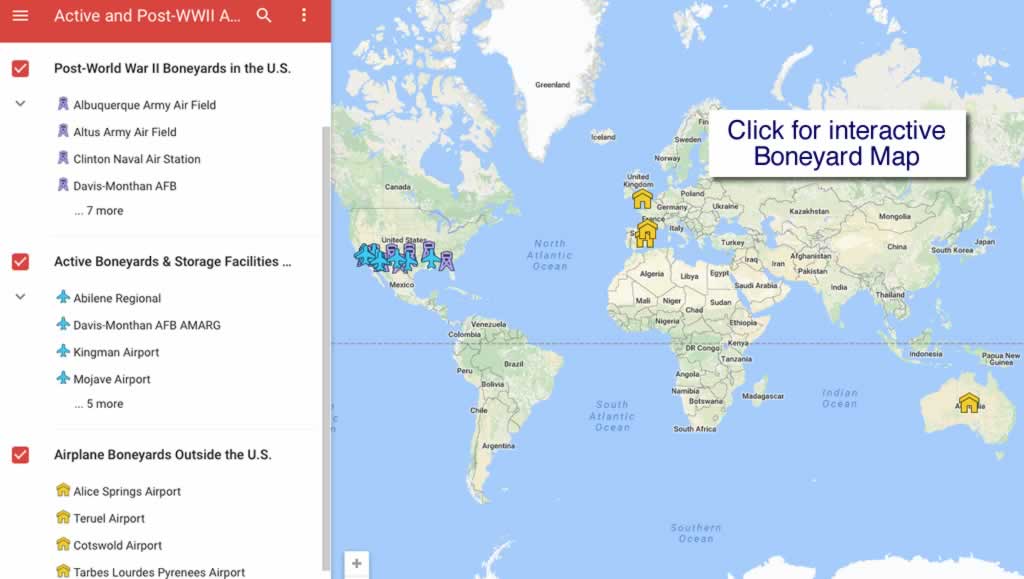
Phoenix Goodyear Airport (GYR) in Arizona
Brief History and Background
This facility in Phoenix, Arizona was originally constructed during World War II as a naval air facility known as NAF Litchfield Park, and later renamed Naval Air Station Litchfield Park.
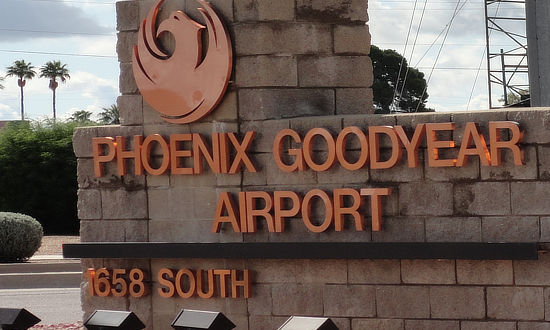 Sign at the entrance to Phoenix Goodyear Airport (Photo by the AirplaneBoneyards Staff) |
In 1941, the Goodyear Aerospace Corporation offered land to the U.S. Defense Plant Corporation. The U.S. Navy used the land to build aircraft flight decks and established a U.S. Naval Air Facility to test fly and deliver aircraft. This necessitated the construction of a landing field, hangar and runway.
The Goodyear facility was used to modify AAF twin-tail Consolidated B-24 Liberators for use as Navy PB4Y-1 aircraft, and to accept delivery of Navy single-tail PB4Y-2 Privateers.
Its primary role following the end of World War II was that of storage and preservation of obsolete or excess U.S. Navy, U.S. Marine Corps and U.S. Coast Guard aircraft. Its location in the dry desert was an ideal location for long-term aircraft storage.
At one point, more than 5,000 aircraft were in storage. The Korean Conflict brought the airfield back to active duty in the 1950s. By early 1958 the inventory was down to about 2,500 aircraft. In 1965, the Defense Department decided to consolidate military aircraft storage. Thus, 800 aircraft at Litchfield were moved to Davis-Monthan Air Force Base in Tucson either by air or by truck for storage, and another 1,000 were salvaged.
Phoenix Goodyear Airport Today
Following the closure of NAS Litchfield Park in 1967, the City of Phoenix purchased the airport for a general aviation facility. Today, the airport is home to several private companies offering aircraft maintenance, storage, and commercial pilot training.
It also serves as a general-aviation reliever airport, meaning it is designated by the Federal Aviation Administration to relieve congestion at Phoenix Sky Harbor Airport and provide access for private planes. While the airport’s single 8,500-foot runway is large enough to accommodate aircraft as big as a Boeing 747, there is no commercial passenger or charter service, and none is planned.
A number of aviation-related business operate at the airport.
For more information, visit the Goodyear Airport Official Website
Phoenix Goodyear as an Airliner Storage and Maintenance Facility
| When we last visited the airport, there were dozens of jetliners in storage at the facility. However, the number of aircraft stored there varies over time. The photos on this page were taken in 2015. |
Variety of Boeing and Airbus jet airliners in storage at the Phoenix Goodyear Airport (Staff Photo - May of 2015) |
 |
Touring the Phoenix Goodyear Airport Area
The airport is about 20 miles west of downtown Phoenix, and south of Interstate Highway I-10. The main entrance to the airport is from South Litchfield Road (exit 128 I-10). Highway 85 (Main Street) runs along the south portion of the airport property.
The best viewing any jetliners stored there is from South Bullard Avenue, which runs along the west side of the airport. As always, we recommend obeying all warning signs and avoiding restricted areas.
Interactive Map of the Phoenix Goodyear Airport Area
Photos of the Phoenix Goodyear Airport (May 2015)
Phoenix Goodyear Airport aircraft storage facility and boneyard, with Airbus A321-200, TC-FBT, to the left |
 |
Boeing 747-312, registration F-GSKY, of Corsair Airlines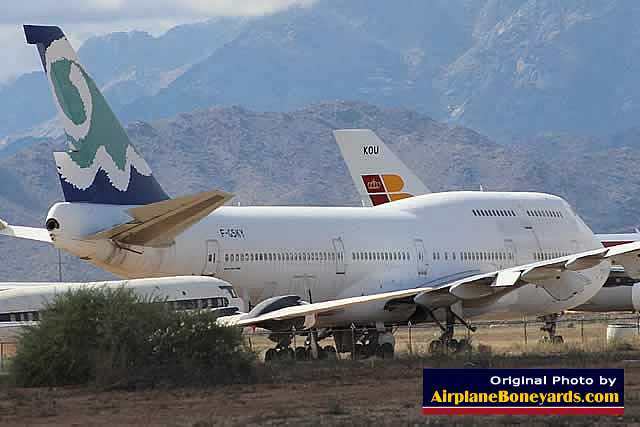 |
Fuselage view of East Air Airbus A320-212, registration EY-622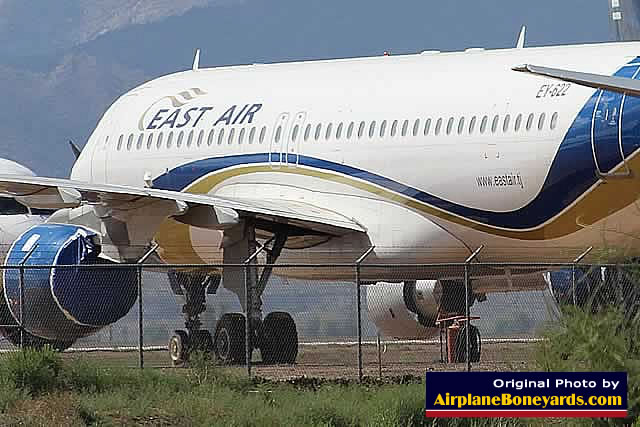 |
Airbus A340-300 of Aerolineas Argentinas, LV-BIT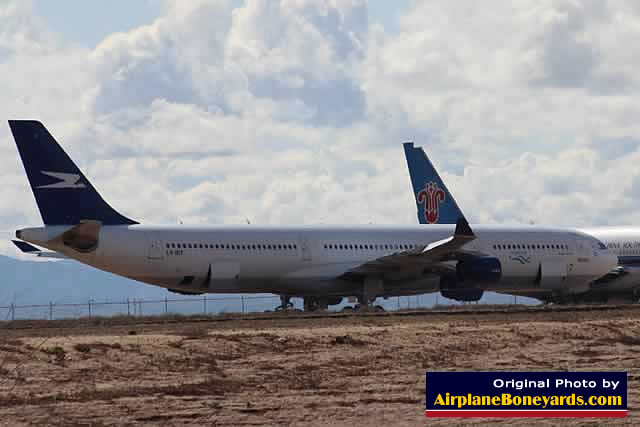 |
Boeing 757-200, registration N523UA, in Continental Airlines livery 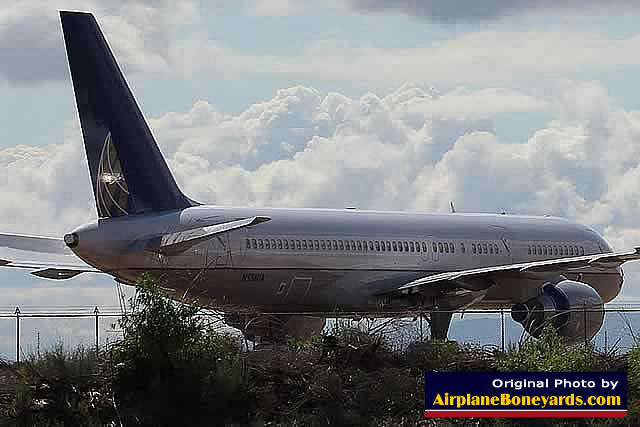 |
C&T Charters Boeing 737-4QB, registration N916SK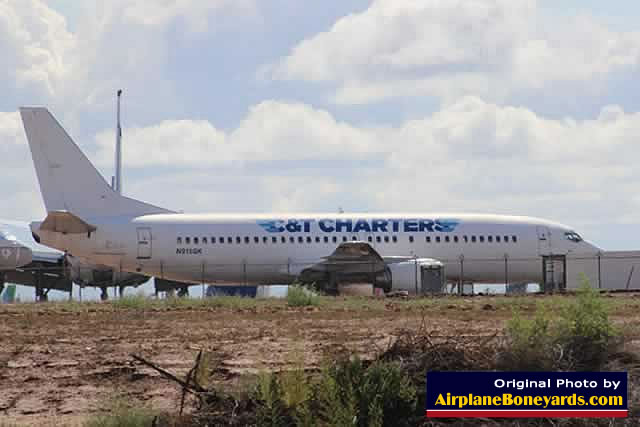 |
Boeing 747 (R) and SkyTeam Boeing 777 (L) airliners in storage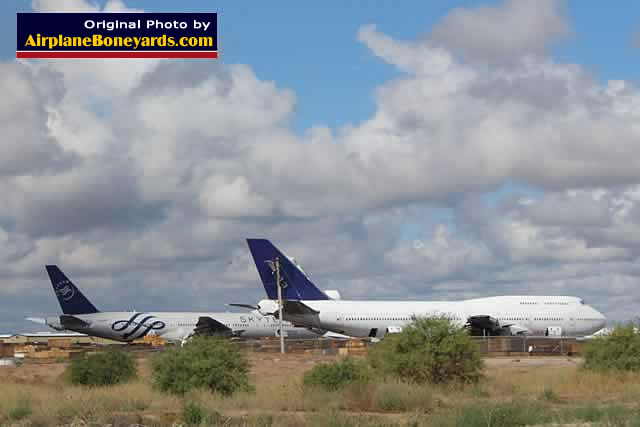 |
Panoramic view of jetliners being stored at the Phoenix Goodyear Airport |
 |
Airbus A340-300, registration EC-KOU, in Iberia Airline livery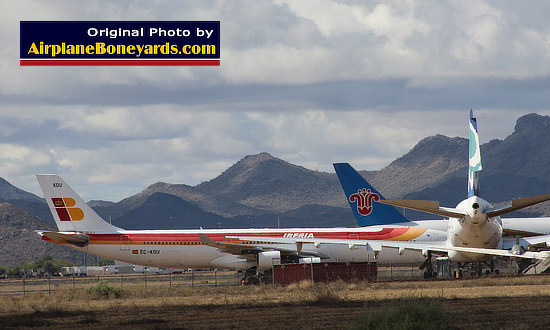 |
YouTube Video of Airliners Stored at Phoenix Goodyear Airport in Arizona (May 2015)
Need Help Identifying Airliners Stored at Phoenix-Goodyear?Large numbers of various models of airliners are stored at the Phoenix-Goodyear Airport. But can you identify them all? Visit our new website and explore guides to spotting the common jet airliners of the day from Airbus, Boeing, Embraer and Bombardier. |
Map of locations of active and post-WWII airplane boneyards and plane storage facilities in the United States and worldwide


